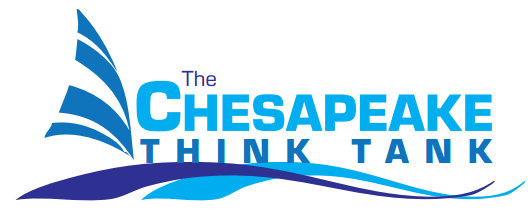

The concept of the elevator pitch is everywhere. Business gurus seem unanimous in calling for businesspeople to have a pithy introduction at the ready for any occasion. Why the intense scrutiny on how we introduce ourselves?
The idea is pretty simple. We’ve all been at a networking event where the participants are asked to quickly go around the room and say who they are and why they’re there. This is actually a great opportunity. Remember, we’re at this event to network and let people know what we do. The initial introduction gives you the chance to tell the whole room your story. Inevitably, most people who introduce themselves take the succinct and direct approach. My name is XYZ and I work for ABC company. We make 12 different kinds of widgets and if you need a widget, call us. This presupposes that all we need to do is tell what we do and if people find a need, they’ll think of us.
This is also a weak strategy. How many of the folks who introduce themselves in this way do you remember? Yes, there is the occasional person who just happens to do exactly what you were in need of earlier that day, but more often than not, you will not remember the name or activity associated with a fellow networker when you begin to make the rounds after introductions.
So, the strategy around the elevator pitch is quite simple and important. Given any circumstance, can you make yourself memorable and relevant from your introduction? The moniker “elevator pitch”, comes from the idea that if you are on an elevator and are given the chance to greet others riding the elevator, but you have no idea what floor they will get off on, can you quickly synopsize who you are and what you do?
The pitch is often broken down into three different lengths of introduction; the 7-10 second intro, the 30 second intro, and the 2 minute intro. The methodology works this way: your 7-10 second pitch is the quick hitter, they know who you are and are left wanting to know more; the 30 second pitch gives them more, but leaves out key details better saved for that in-depth conversation; and the 2 minute pitch is the full monty.
Each pitch should be designed to elicit a question or response from the listener that encourages you to expand. Expansion should always imprint something memorable on the listeners memory, so that when they see you the next time or better yet, when they have a need for the services you offer, they inevitably think of you.
The temptation when creating a pitch is to tell people your name and what you do. It works better if you tell them who you are, why you do what you do, and finally, what and how you do it. This order creates more connectivity with the listener and serves to better introduce you.
Remember, you are not the only one who does what you do. What distinguishes you from your competition? Why would you be a good choice? Use your elevator pitch to make sure that people are clear on who you are and most importantly, why you matter. A sure sign of success is when, after you introduce yourself, those listening immediately ask you for further explanation or find reason to seek you out later to get more details.
There are some who find this gimmicky and unprofessional. However, this strategy doesn’t have to be kitschy or pretentious. It can be direct and professional without being boring. It is also efficient. Trying not to be noticed during introductions is counter productive. There are many styles to making a memorable introduction and it will come off better if you choose one that suits your personality, but being noticed and remembered is the outcome we are all after.
Copyright 2025 | Chesapeake Think Tank
